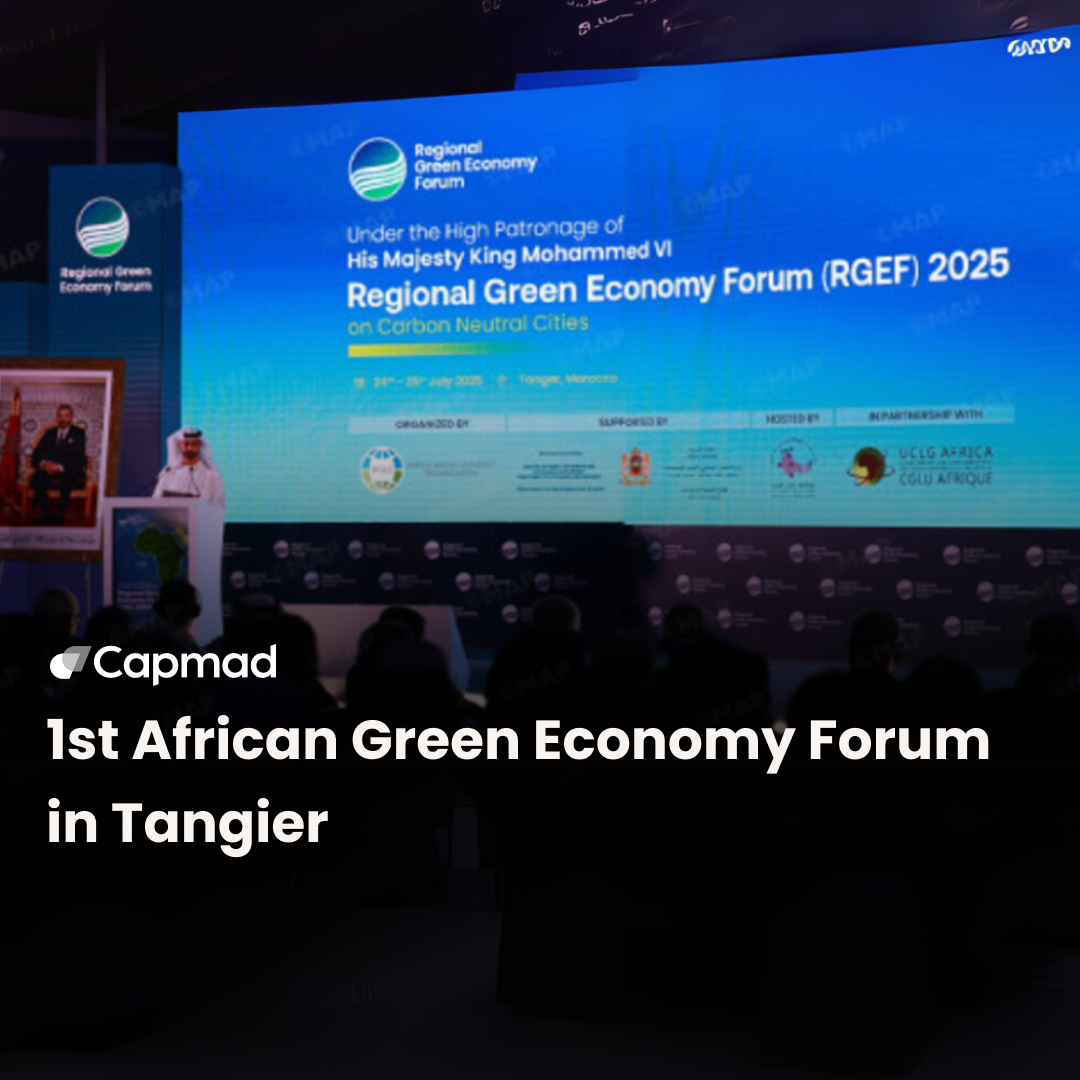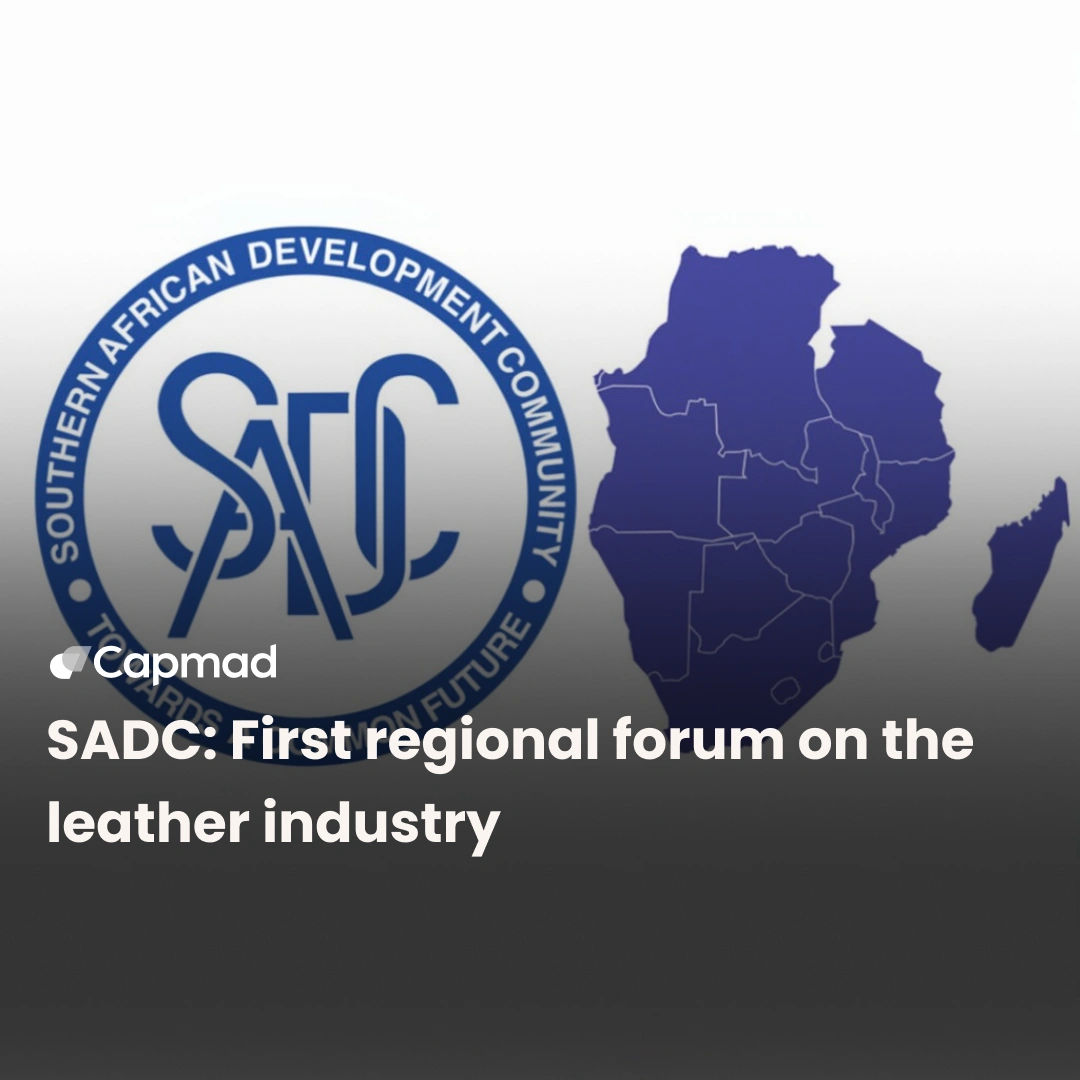The Southern African Development Community (SADC) recently strengthened its framework for transfrontier conservation areas (TFCAs) at a summit in Harare, which brought together over 500 delegates and marked 25 years of cooperation in this area.
A consolidated regional framework for transfrontier conservation areas
TFCAs are vast ecological zones that span the borders of several SADC member countries, incorporating national parks, protected areas, and multiple-use lands. Their joint management aims to:
- Promote the sustainable conservation of biodiversity and shared natural resources
- Promote the socio-economic development of local communities
- Strengthen regional integration through cross-border cooperation
The newly adopted framework is based on several key pillars
Cross-border governance: Establishment of common institutional structures for effective and coordinated management of TFCAs
Ecological connectivity: Securing wildlife corridors to improve ecosystem health and resilience to external threats
Community engagement: Promoting community-based management of natural resources and human-wildlife coexistence
Sustainable financing: Diversification of financing sources through carbon markets, ecotourism, public-private partnerships, and biodiversity offsets
Combating human-wildlife conflicts: Development of appropriate approaches involving all relevant sectors to reduce tensions and protect populations and wildlife
Opportunities and Challenges
The regional framework also emphasizes the development of a regional carbon market, considered a major opportunity to finance conservation while contributing to the fight against climate change. Furthermore, SADC encourages the creation of coastal and marine conservation areas as part of its Blue Economy Strategy.
The management of TFCAs is complex, as it involves multiple stakeholders and requires harmonized policies and laws between countries. Success depends on strong political cooperation, shared governance mechanisms, and the mobilization of sustainable financial resources.
Assessment and Perspectives
Since the creation of the first TFCA in 2000 (the Kgalagadi Transfrontier Park), SADC has developed 18 TFCAs, of which eight are fully established with legal agreements, four are in the emerging phase with signed protocols, and six are in the conceptual phase. These areas cover nearly one million km², an area three times the size of Germany, and include more than half of the region’s protected areas.
SADC’s new TFCA 2023-2033 programme aims to strengthen the integrated management of transboundary landscapes and seascapes, improve livelihoods, strengthen governance, and ensure long-term sustainable financing. It is part of the broader framework of the Regional Indicative Strategic Development Plan 2020-2030.






